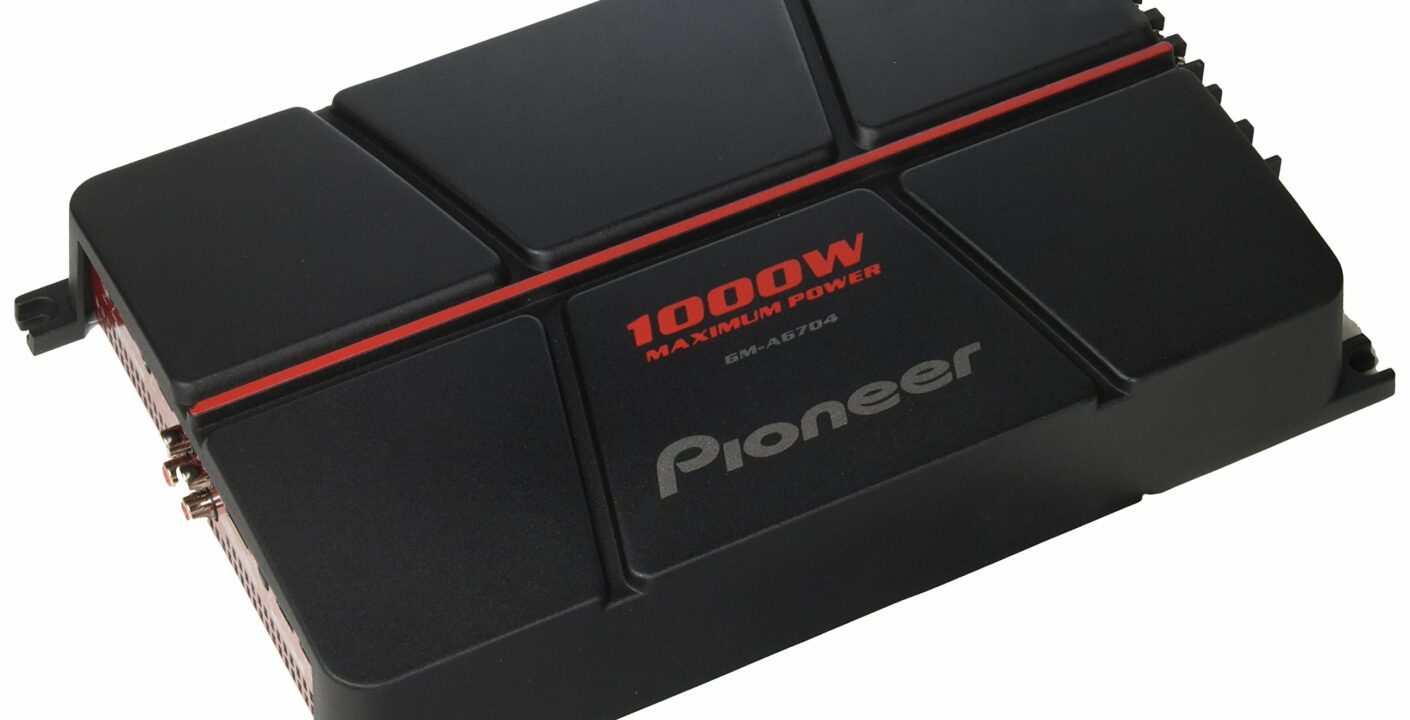Amplifiers: The Heartbeat of High-Quality Audio

Amplifiers are the cornerstone of any high-quality audio system. They play a pivotal role in enhancing the sound quality of music, providing the power and clarity that audiophiles crave. In this comprehensive guide, we delve into the world of amplifiers, exploring their function, types, and importance in delivering superior audio experiences.
Understanding Amplifiers: Boosting Audio Signals
At its core, an amplifier’s primary function is to boost audio signals, allowing them to drive speakers effectively. It takes the low-power audio signal from a source, such as a smartphone, CD player, or radio, and amplifies it into a high-power signal suitable for driving speakers.
The Technicalities of Amplification
Amplifiers achieve this signal boost through a series of electronic components. They adjust the amplitude of the input signal using transistors or tubes, resulting in a larger output signal that can power speakers. The quality of components and the design of the amplifier play a crucial role in determining the clarity and fidelity of the output sound.
Power and Quality: Key Considerations
When selecting an amplifier, two primary factors to consider are power and sound quality. The power output, measured in watts, dictates the amplifier’s ability to drive speakers. It’s essential to match the amplifier’s power output with the speakers’ requirements. Sound quality, on the other hand, is influenced by the amplifier’s design and its components, impacting the audio’s clarity and warmth.
Different Types of Amplifiers
Amplifiers come in various types, each with its unique characteristics and applications. Understanding these differences is key to choosing the right amplifier for your audio setup.
Integrated vs. Power Amplifiers
Integrated amplifiers combine a preamplifier and a power amplifier in one unit, offering a convenient solution for most users. Power amplifiers, however, are standalone units that require a separate preamplifier. They are typically used in high-end audio systems where customization and component quality are paramount.
Tube vs. Solid-State Amplifiers
Tube amplifiers use vacuum tubes to amplify the audio signal and are known for their warm, rich sound. Solid-state amplifiers, which use transistors, are more common and provide a cleaner, more precise sound. Each type has its enthusiasts, with preferences often based on the desired tonal characteristics.
Choosing the Right Amplifier
Selecting the right amplifier is essential for achieving the desired audio quality. Factors like room size, speaker type, and listening preferences should guide your decision.
Compatibility and Power Matching
Ensure that the amplifier you choose is compatible with your speakers and other audio components. Pay attention to the power ratings and impedance levels to achieve efficient and safe operation.
Personal Listening Preferences
Your personal listening preferences should also play a significant role in your choice. Whether you prefer a warm, tube-driven sound or the precision of solid-state amplification, there is an amplifier suited to your taste.
In conclusion, amplifiers are the heartbeat of any high-quality audio system. Understanding their function, types, and how to choose the right one is essential for anyone looking to enhance their audio experience. With the right amplifier, you can bring out the best in your music, creating a listening experience that is both immersive and satisfying.
